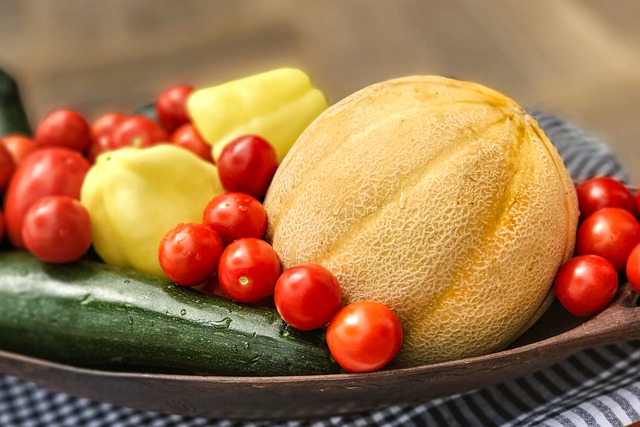Want to Eat More Produce? Consider Where You Put It
In our house, we use the phrase, “Food is for eating.” I can hardly be irritated when someone eats the last apple, banana, or pepper, because if my family sees the food on the counter, I want them to eat it! And seeing it may be one of the best ways to get them to eat it.
Let’s look at the impact of visibility in shopping habits as an example.
A simple research experiment at Warwick’s Rootes Grocery Store found that moving produce nearer to the store’s entrance may have encouraged increased fruit and vegetable consumption, even without overt messaging.
Research conducted by Dr. Oyinlola Oyebode of Warwick Medical School was done to see if changes in the arrangement of the store had any effect on the purchase of produce in the store, which is located on a college campus.
Data from Rootes Grocery Store was collected from January 2012 to July 2017 to evaluate sales before, during, and after changes were made to the store’s layout. Using that data, researchers discovered that, after layout changes were made, fruits and vegetables made up a larger percentage of the store’s total sales. In fact, customers purchased nearly 15% more fruits and vegetables than they did before the layout change.
Researchers also found that those increased purchases of produce continued well after the location adjustments. This appears to be a viable method to improve the nutritional quality of young adults’ diets, given existing proof that consumption of fruits and vegetables has declined in this age group.
The study suggests that increased fruit and vegetable purchases can be statistically significant and sustained by young adults using “nudge” methods, minus advertising or overt campaign messages. Dr Oyebode states,
“We looked at whether a change in the layout of a campus supermarket changed students’ purchasing and we found that it did. Making the fruit and vegetables more accessible increased the [number] of fruit and vegetables that were purchased. This is exciting because, while we all know eating fruit and vegetables is healthy, supporting people to increase their fruit and vegetable consumption has been more complicated. This ‘nudge’ intervention in a young adult population is particularly appropriate because it doesn’t restrict choice, and it doesn’t require any conscious action by the young adult.”
Tony Howard, a co-researcher and Director of Warwick’s Food and Retail Strategy said, “Having found this result, we plan to support our students to eat healthily by keeping fruit and vegetables accessible in our campus grocery store.”
Now let’s put this information to work in our own homes. Here are a few ways to take that data and use it to increase your own fruit and vegetable consumption…
- Place seasonal fruits and vegetables on the counter. Think apples, bananas, citrus fruit, tomatoes, and peppers.
- Don’t “hide” produce in the crisper drawer. That’s basically where fruits and vegetables go to die. Keep them visible in your fridge.
- Prep vegetables to “grab and go” like carrot and celery sticks, cucumber slices, sugar snap peas, and pepper strips.
- Add chopped fruit to salads. Try including apples, pears, or grapefruit.
- Pair fresh fruit with nuts or cheese for a snack.
- Use hummus or other dips with fresh vegetables
Which will you try first?
By Lisa Andrews, MEd, RD, LD
Copyright foodandhealth.com, reprinted with permission.

